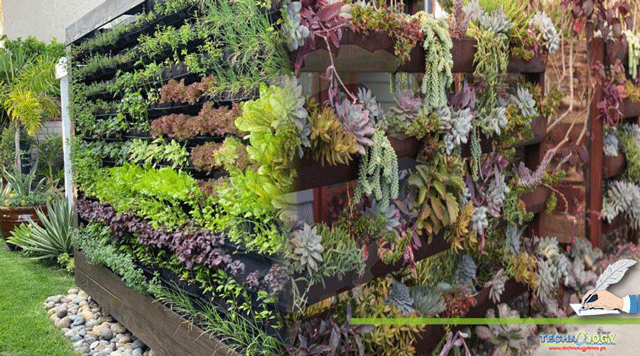Waheed Ahmed, the patron-in-chief of the Pakistan Fruit and Vegetable Exporters Association, has proposed setting aside a fund of Rs. 3 billion for horticulture-related R&D.

Lack of investment in research and development (R&D)in horticulture sector puts food security of Pakistan at risk, experts warn. Crop yields in the nation are declining, and the poor quality of the produce makes it susceptible to pests and illnesses.
Waheed Ahmed, the patron-in-chief of the Pakistan Fruit and Vegetable Exporters Association (PFVA), has proposed setting aside a fund of Rs. 3 billion for horticulture-related R&D.
In a statement to the media, agriculture sector analyst Waqas Ghani Kukaswadia said, “Horticulture is an essential subsector of agriculture and has a significant impact on improving human nutrition.” He emphasised the significance of R&D, which affects agricultural productivity and output, food prices, and the alleviation of poverty.
Since the sector has the potential to export, the Pakistan Horticulture Development and Export Board was created to promote it. Traceability, adherence to international standards, the ability to manage perishables, cold chain management and storage, and marketing all present difficulties.
The government must provide horticulturists and extension staff with the necessary training in order to help farmers efficiently harvest, pack, ship, and market their produce.
To increase horticulture exports, Pakistan must concentrate on high-value crops, according to Ahmed. The global citrus fruit market is worth $300 billion, but Pakistan only accounts for $20 million of that total. Pakistan also lags behind with only 3% of the export of horticulture’s value-added products.
According to the patron-in-chief of PFVA, Pakistan should prioritise value-added crops over quantity in order to increase fruit exports. These crops include tomatoes, table-grade dates, seedless Kinnow, and oranges for juice.
Production of starchy potatoes, blemish-free bananas, ginger, saffron, paste-specific tomatoes, cherry varieties, and new varieties of onions, including berries, are also included. “The results of the dearth of high-quality horticulture research are already being felt by us. We have some of the lowest yields.
For instance, mango yields are between 15 and 25 tonnes per acre internationally compared to about five tonnes per acre in Pakistan, according to Mahmood Nawaz Shah, senior vice president of the Sindh Abadghar Board (SAB).
“Although our understanding of food security is limited to wheat, he claimed that the horticulture industry has the potential to generate jobs, foreign exchange, and be self-sufficient.”
In Pakistan, where agricultural production is expected to fall by 50% by 2025 in the event of a 3% rise in global temperatures, climate change is having the greatest impact on agricultural regions. Pakistan already produces 16 to 62% fewer fruits per hectare than the top producing nations.
Modern methods for managing climate change, such as resource recycling at the farm level, and adopting water-efficient use techniques, such as drip irrigation, are urgently needed to replace outmoded farming and horticultural practices, according to Ahmed. These methods include insect-resistant planting materials and modern nurseries.
Muhammad Ali Iqbal, president of Concave Agri Services, stated that Pakistan faces significant difficulties in agriculture, particularly horticulture, as a result of a dearth of research and development (R&D) in germplasm, breeding, and seed development. The nation requires coded development in accordance with global standardisation.
Unfortunately, because horticulture has been neglected and the emphasis has remained on staple foods, imported hybrid vegetable seeds have caused a loss of foreign exchange reserves.
There are no newly discovered horticultural seed varieties with characteristics that are disease-free. Now, this has led to significant problems with food security.
As many similar projects have been run to support the R&D in the horticulture sector in other countries and have shown to be a successful investment, “some Rs3 billion R&D fund may be a starting point again,” said Iqbal. He emphasised that for the horticulture industry to change for the better, the public and private sectors must work together and invest in R&D.
Pakistan’s food security is still in jeopardy, and the horticulture industry will continue to struggle with declining crop yields, subpar produce, and susceptibility to pests and diseases without investment in R&D. The government must concentrate on high-value crops and give farmers the necessary training so they can harvest, pack, ship, and market their products effectively.